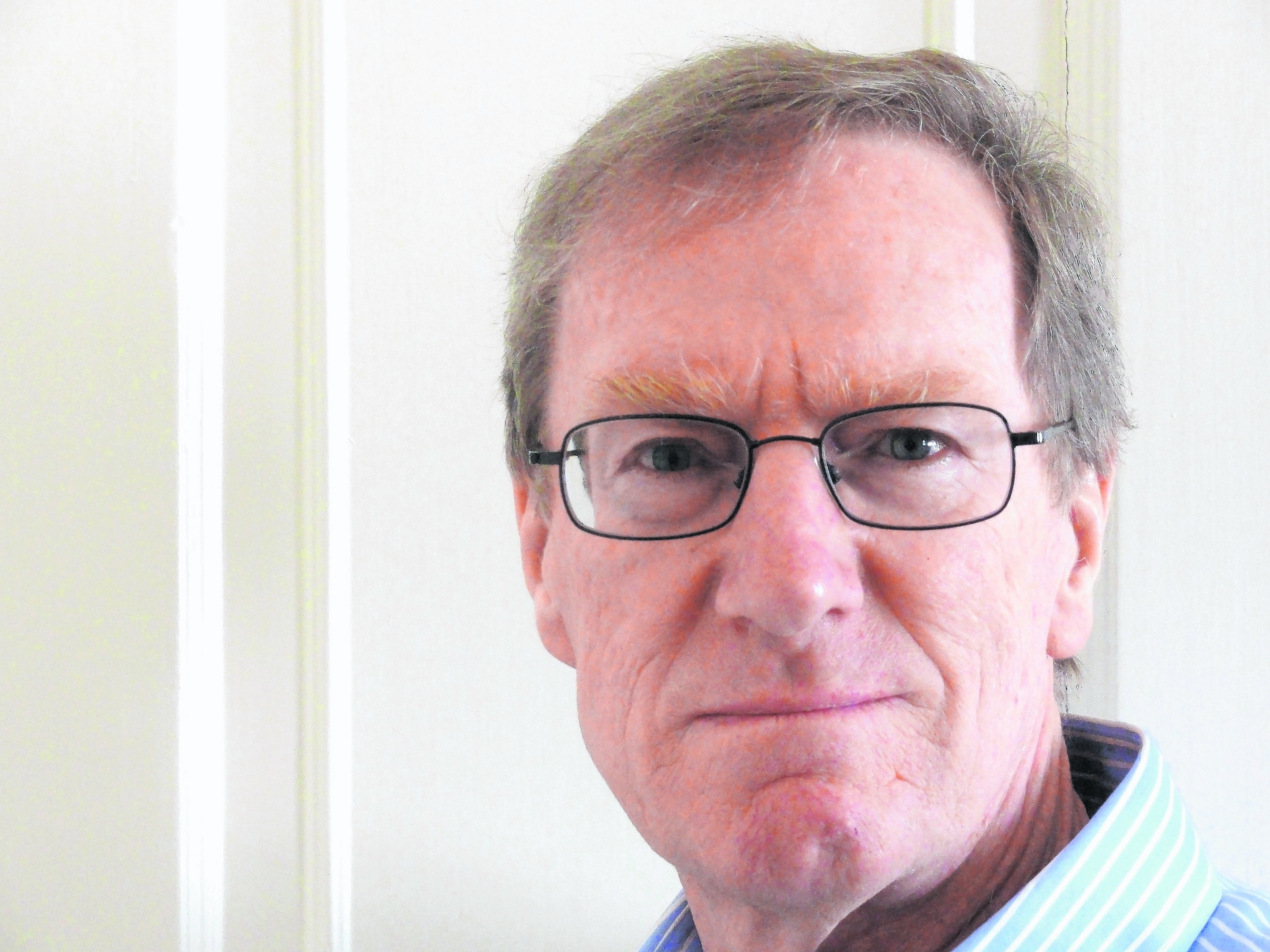An Aberdeen University academic has claimed that a “hard Brexit” would make it “much more difficult” for Scotland to become an independent country.
Politics Professor Michael Keating also told MPs there was scope for Scotland to have different migration requirements to other parts of the UK.
He made the remarks in evidence to the Commons Scottish Affairs committee at Westminster yesterday.
The group is holding an inquiry into Scotland’s place in Europe.
Prof Keating said: “If it’s a hard Brexit and the UK comes out of the European single market, then it makes it much more difficult for Scotland to become independent because you have that hard border with the UK market.
“Ironically enough, the closer the UK gets to the single market, the less grievance Scotland maybe has, but the more easy it is to become independent because at that point you could have access to both markets.”
The professor, who is director of the Economic and Social Research Council’s Centre on Constitutional Change, also insisted it would not be possible for Scotland to stay in the UK and EU at the same time.
Nor, he added, would it be possible for Scotland to be within the single market when the rest of the UK is outside.
He said: “That would create a very hard single market border between Scotland and the rest of the UK.
“It might be possible for Scotland to stay within the European market if the UK remains within the European single market.”
Asked about free movement of people, he insisted there could be a system introduced – akin to that used in Canada – of differentiated work permits, depending on the labour market needs of different areas.
He added: “There might be scope for a rule to say you can come to Scotland but you have to stay and work in Scotland for so many years before you move to other parts of the UK. That’s perfectly feasible.”










